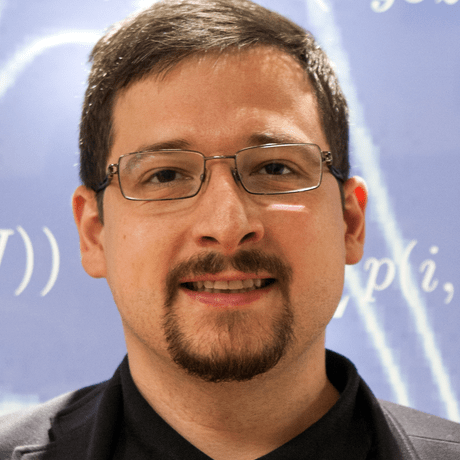diagnostic RGBD imaging
- 0 Collaborators
In current clinical practice, neonatal movements are not systematically quantified, leading to under-diagnosis of conditions for which reduced or abnormal movements are the key characteristic. Spontaneous movements have been shown to be abnormal in the case of severe brain abnormalities (e.g., anencephaly) but there are also indications that neurological conditions such as autism and cerebral palsy (CP) result in abnormal movement signatures in very early life. This project addresses the clear need for an objective and automated means to quantitatively assess neonatal movement patterns, to facilitate earlier diagnosis and more effective treatments of life-changing conditions affecting babies and children. ...learn more
Project status: Concept
RealSense™, Artificial Intelligence
Intel Technologies
AI DevCloud / Xeon,
Intel Opt ML/DL Framework
Overview / Usage
We will develop methods to track neonatal movements, use Intel® RealSense cameras in combination with machine learning to elucidate links between specific movement patterns or characteristics of diseases and validate the efficacy of assessing movement patterns as a diagnostic tool.
We will apply our movement assessment algorithms to the diagnostics of brain development; initially to CP leading to follow-up research on autism and stroke/seizure. One in 200 children in the UK suffer from CP caused by pre- or perinatal brain damage, but a formal diagnosis (and therefore appropriate therapy at the most critical early stage of life) is not possible before 24 months. One reason for this is the lack of appropriate reproducible movement assessment techniques. Diagnosis of other common neurological conditions affecting neonates such as strokes/seizures is currently only possible with continuous electroencephalogram (EEG) monitoring and/or Magnetic Resonance Imaging (MRI) of the brain and spine, but such technologies are not always available in less well equipped neonatal wards, in developing countries or at home. Furthermore, accurate interpretation of EEG and MRI requires specialist expertise that is not always widely available. Our approach will democratise paediatric expertise and make it widely available, which will improve quality of neonatal care significantly.
Methodology / Approach
We propose a revolutionary technological approach, objectifying traditional manual observation, to test and validate the relationship between neonatal movements and future health status. Developing novel, contactless motion capture technologies and innovative ML techniques will enable us to automatically characterise spontaneous neonatal movements into normal and abnormal behaviour, to determine health status and enable early treatment.
For continuous observation of postnatal movements, we will design and implement a contactless, cot-side monitoring system based on a single 3D depth camera. 3D depth cameras, like those used for cheap consumer technology (e.g., Microsoft Kinect, or Intel® RealSense) unite a conventional red-green-blue (RGB) video camera with depth (D) sensors that allow correlation of the distance of objects in a scene to each pixel of the camera sensor in real-time. While standard RGB cameras lose vital 3D information due to the non-invertible nature of 2D projections and multi-camera setups are sensitive to lighting conditions and calibration, RGB-D cameras robustly preserve essential information about 3D distances in scenes. While RGB-D technology has become hugely popular for video motion capture and 3D reconstruction applications, it has only rarely been used for medical diagnostics for adults and never for infants.
Technologies Used
Intel® AI DevCloud using Intel® ML libraries
Intel® RealSense D435

